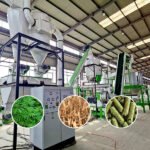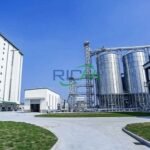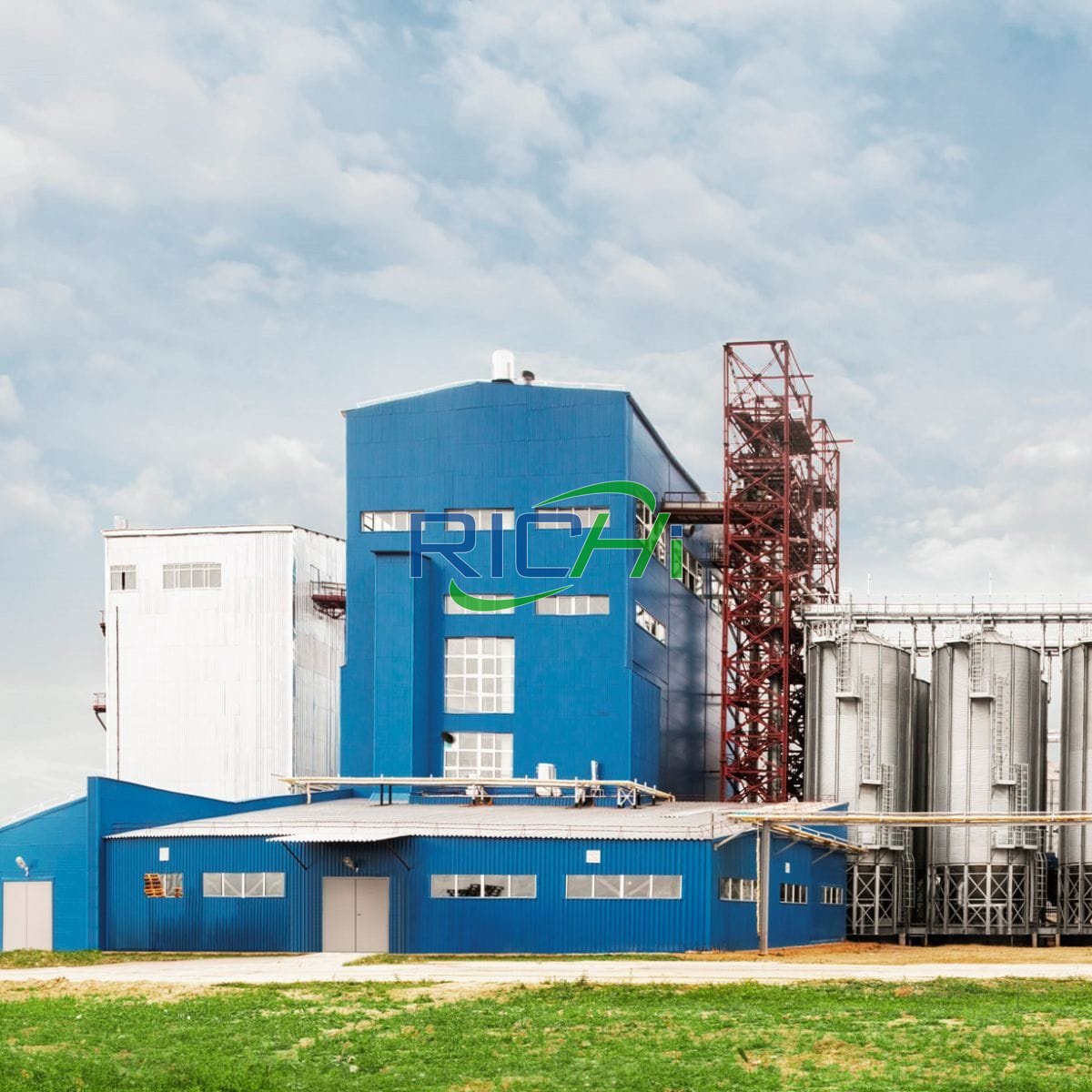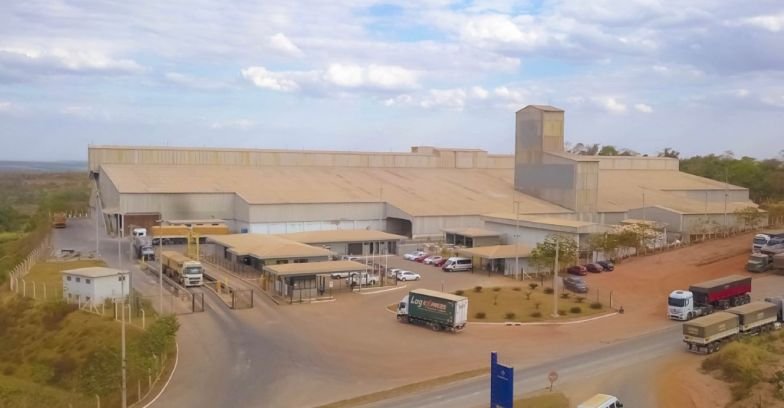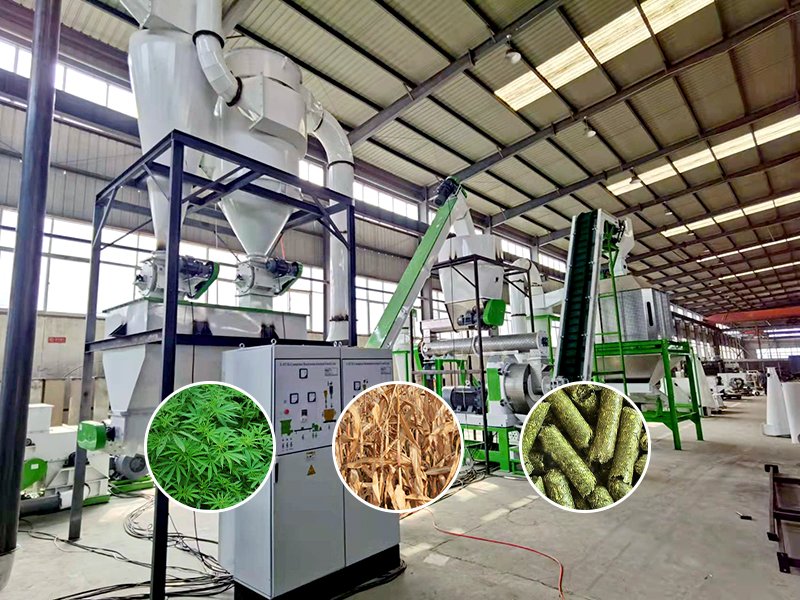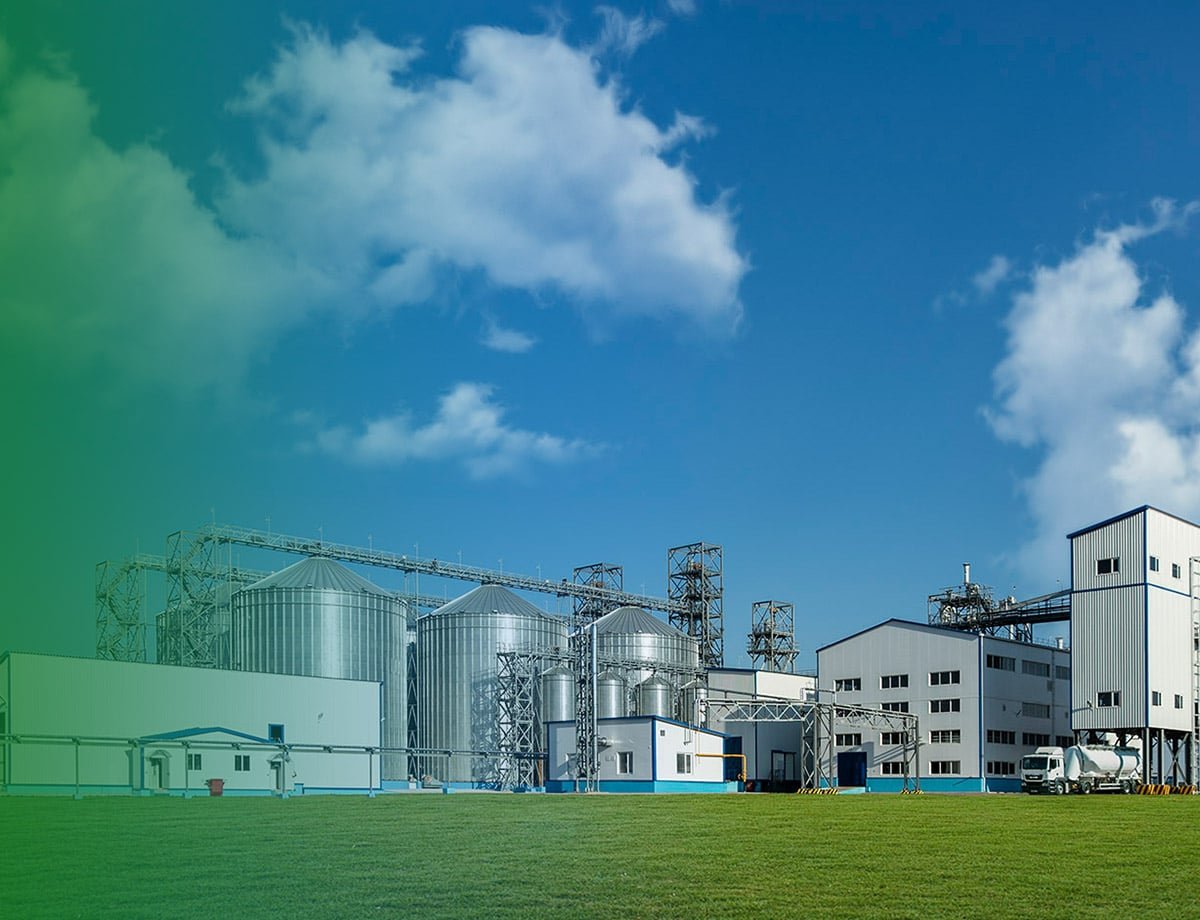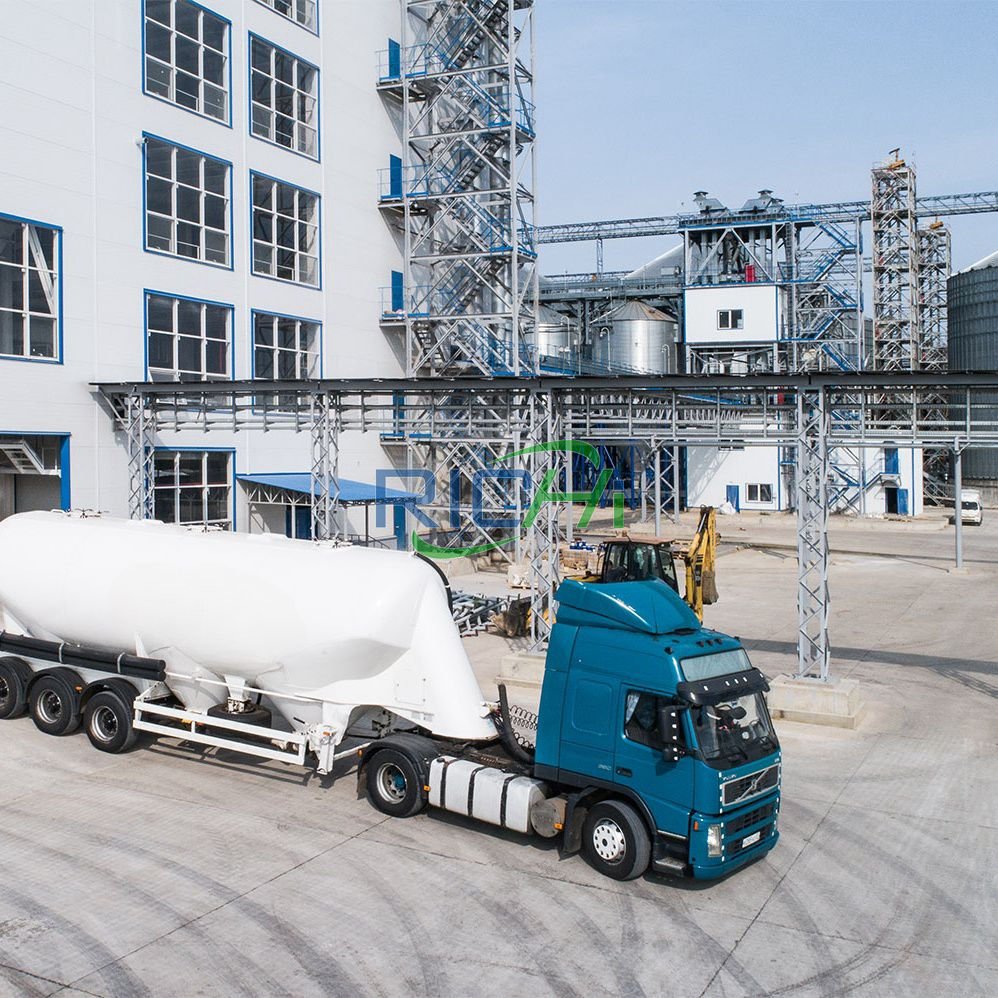A 40 tons per hour (t/h) feed mill engineering project represents a significant undertaking in the animal feed production industry. Such a large-scale operation requires a well-structured and efficient workforce to ensure smooth operations, maintain high productivity, and meet quality standards. This article explores the typical employee requirements for a 40t/h feed mill, considering various roles and departments essential for its successful operation.Key Factors Influencing Workforce SizeSeveral factors influence the number of employees needed for a 40t/h feed mill:
- Level of Automation: Highly automated mills require fewer operators but may need more skilled technicians.
- Operating Hours: 24/7 operations require multiple shifts, increasing the total number of employees.
- Product Diversity: Mills producing a wide range of feed types may require additional specialized staff.
- Regulatory Requirements: Compliance with food safety and quality standards may necessitate dedicated personnel.
- In-house vs. Outsourced Functions: Decisions on outsourcing certain functions (e.g., maintenance, logistics) affect staffing needs.
Typical Workforce StructureFor a 40t/h feed mill operating on a 24/7 basis, the following workforce structure is common:
- Management and Administration (8-10 employees)
- Plant Manager (1)
- Production Manager (1)
- Quality Assurance Manager (1)
- Maintenance Manager (1)
- Human Resources Manager (1)
- Finance and Accounting Staff (2-3)
- Administrative Assistants (1-2)
- Production Department (20-25 employees)
- Shift Supervisors (4, one per shift)
- Machine Operators (12-15, 3-4 per shift)
- Material Handlers (4-6, 1-2 per shift)
- Quality Control Department (6-8 employees)
- Quality Control Technicians (4-6, at least one per shift)
- Laboratory Analysts (2)
- Maintenance Department (8-10 employees)
- Mechanical Technicians (3-4)
- Electrical Technicians (2-3)
- Instrumentation Technicians (2)
- General Maintenance Workers (1-2)
- Warehouse and Logistics (6-8 employees)
- Warehouse Supervisor (1)
- Forklift Operators (3-4)
- Inventory Clerks (2-3)
- Sales and Customer Service (5-7 employees)
- Sales Manager (1)
- Sales Representatives (3-4)
- Customer Service Representatives (1-2)
- Research and Development (2-3 employees)
- Nutritionists (1-2)
- Feed Formulation Specialist (1)
Total Workforce: 55-71 employeesDetailed Role Descriptions
- Management and Administration
The management team oversees all aspects of the feed mill operation, ensuring efficiency, profitability, and compliance with regulations. Administrative staff handle day-to-day office operations, human resources functions, and financial management. - Production Department
This is the core of the feed mill operation. Shift supervisors oversee each production shift, coordinating the activities of machine operators and material handlers. Machine operators are responsible for running and monitoring the various equipment involved in feed production, including grinders, mixers, pellet mills, and packaging machines. Material handlers manage the flow of raw materials and finished products throughout the facility. - Quality Control Department
Quality control technicians perform regular checks throughout the production process to ensure that feed meets specified standards. Laboratory analysts conduct more detailed tests on raw materials and finished products to verify nutritional content, detect contaminants, and ensure compliance with regulatory requirements. - Maintenance Department
The maintenance team is crucial for keeping the feed mill running smoothly. Mechanical, electrical, and instrumentation technicians perform preventive maintenance, troubleshoot issues, and carry out repairs on the various systems and equipment in the mill. General maintenance workers handle less specialized tasks and assist the technicians as needed. - Warehouse and Logistics
This team manages the storage and movement of raw materials and finished products. The warehouse supervisor oversees inventory management and coordinates with production and sales departments. Forklift operators handle the physical movement of materials, while inventory clerks maintain accurate records of stock levels. - Sales and Customer Service
The sales team is responsible for marketing the feed mill’s products and maintaining relationships with customers. Customer service representatives handle inquiries, process orders, and address any issues or concerns raised by clients. - Research and Development
Nutritionists and feed formulation specialists work on developing new feed formulations, improving existing products, and staying up-to-date with the latest advancements in animal nutrition.
Factors Affecting Workforce SizeWhile the above structure provides a general guideline, several factors can influence the actual number of employees required:
- Seasonal Variations: Some feed mills may experience seasonal fluctuations in demand, requiring temporary staff during peak periods.
- Local Labor Market: The availability of skilled workers in the area may affect staffing decisions and the need for training programs.
- Regulatory Environment: Stricter regulations may necessitate additional quality control or compliance personnel.
- Technology Adoption: Implementation of advanced automation systems or software may reduce the need for certain positions while creating demand for more technically skilled roles.
- Company Culture and Management Philosophy: Some companies may prefer a leaner structure with more multi-skilled employees, while others may opt for more specialized roles.
Optimizing Workforce EfficiencyTo maximize efficiency in a 40t/h feed mill, consider the following strategies:
- Cross-Training: Encourage employees to learn multiple roles, increasing flexibility and reducing the need for additional staff.
- Continuous Improvement: Implement programs that encourage employees to identify and suggest efficiency improvements.
- Invest in Training: Regular training programs can improve employee skills and efficiency, potentially reducing the need for additional hires.
- Leverage Technology: Implement advanced control systems and software to automate routine tasks and improve overall efficiency.
- Outsource Non-Core Functions: Consider outsourcing functions like cleaning, security, or specialized maintenance to focus internal resources on core operations.
Conclusion
A 40t/h feed mill engineering project typically requires a workforce of 55-71 employees, covering various roles from production and quality control to sales and administration. This workforce structure ensures that the mill can operate efficiently, maintain high quality standards, and meet customer demands.
However, the exact number of employees can vary based on factors such as automation level, operational hours, product diversity, and local regulations. As the feed industry continues to evolve, with increasing emphasis on efficiency, quality, and sustainability, the workforce structure may also need to adapt.
Managers of 40t/h feed mills should regularly review their workforce structure, considering both current needs and future trends in the industry. By optimizing the workforce through strategic hiring, cross-training, and leveraging technology, feed mills can maintain competitiveness, ensure product quality, and meet the growing demands of the animal feed market.
Related post: https://www.richipelletmachine.com/complete-feed-mill-plant/


